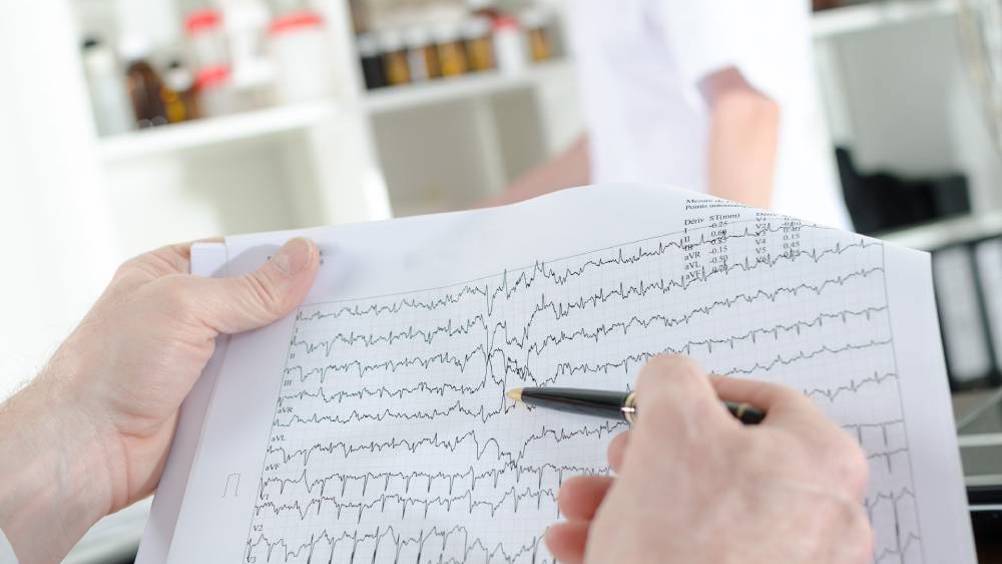References
Consultation and clinical assessment of the heart and cardiovascular system

Abstract
This article aims to increase knowledge of cardiac assessment. Anatomy and physiology of the heart are briefly reviewed and reference is made to pathology that can cause cardiac dysfunction. The main features to look for when taking a cardiac history are discussed, with suggestions for questions to elicit this information, and the signs to look for when undertaking a cardiac examination. There is also an introduction to the main investigations to aid differential diagnosis and clinical reasoning. A follow-up article will look in more detail at some common cardiac conditions presenting to emergency care, with an emphasis on critical thinking and diagnostic reasoning. These articles are written from an emergency care perspective, and therefore do not focus in great detail on invasive investigation of cardiology conditions, but more so on picking up these possibilities in undifferentiated patients presenting to emergency care.
The cardiac examination is a fundamental part of clinical assessment. Therefore, it is important to be aware of the common presentations and the history to elicit important clinical information, and also appreciate how to examine the patient thoroughly in order to support or refute potential diagnoses. The heart is a complex organ, with the potential for dysfunction in the ventricular pumping mechanism, in the layers of the heart, the valves, the coronary arteries and the conduction system (Bickley, 2017). It is important to have some knowledge of the clinical investigations used in cardiac assessment—the basic tools used in the emergency department being the electrocardiogram (ECG) and blood tests including high-sensitivity troponin tests (Collet et al, 2021). If a cardiac condition is suspected, further investigations following admission may include echocardiography and diagnostic coronary angiography.
The heart consists of four chambers: two atria and two ventricles. Deoxygenated blood flows from the venous system to the right side of the heart and enters the right atrium via the inferior and superior vena cava. From there, blood flows through the tricuspid valve to the right ventricle and then to the lungs via the pulmonary artery. Oxygenated blood then flows back into the left atrium via the pulmonary veins, and passes into the left ventricle, through the mitral valve, is expelled through the aortic valve into the aorta and is distributed throughout the arterial system (Figure 1). Pathology may occur with the chambers, the valves (stenosis or incompetence) or the aorta (Tortora and Derrickson, 2014).
Register now to continue reading
Thank you for visiting British Journal of Nursing and reading some of our peer-reviewed resources for nurses. To read more, please register today. You’ll enjoy the following great benefits:
What's included
-
Limited access to clinical or professional articles
-
Unlimited access to the latest news, blogs and video content

